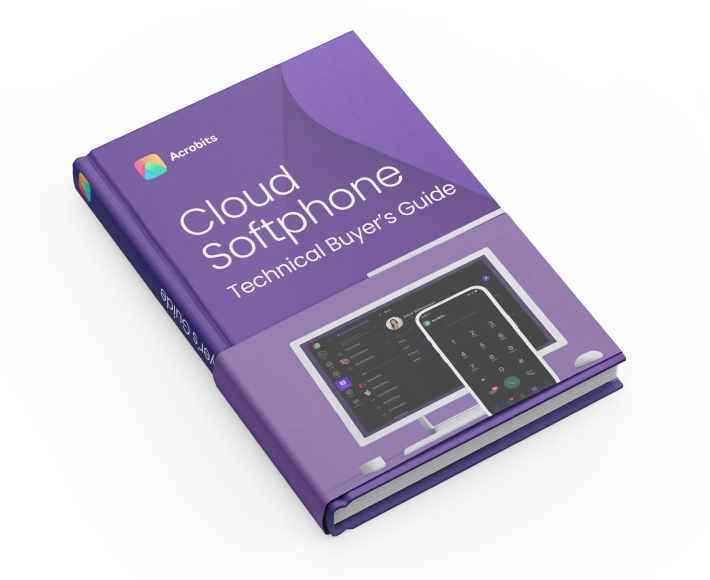
Cookies will soon be a thing of the past. By 2024, third-party cookies will be phased out from nearly every major browser.
And as noted by one analyst, Deloitte, we’re seeing an increasing push towards data ownership and data privacy, the reason your privacy and cookies policy can start clashing— a shift that arguably began with the introduction of GDPR in 2016.
For businesses, that’s a problem. Because even as more regulations and restrictions emerge around the distribution and use of customer data, people are demanding a deeper, more personalized user experience. It seems, at first blush, like an impossible situation.
How do you communicate with prospective customers if you lack any foreknowledge of them?
You’ve likely already guessed that cold calling — which had a meager 2% success rate even before this shift — is out. That applies not just to voice, but also to messaging and email. Most people don’t want a sales pitch when they’re browsing the web or simply going about their day.
The key is to let people come to you.
Plan each touchpoint of a prospect’s journey from beginning to end, whether through messaging, email, voice, or video. Ensure you have a customer relationship management solution in place that allows you to keep track of each lead as they move through your funnel. Collect information from your most engaged prospects with their consent, and use that information to enrich their experience.
Once a prospect becomes a customer, you’ll need to start thinking about how you can retain them — which really boils down to how well you communicate.
For businesses that provide an ongoing service, customer churn is akin to a looming specter. It’s a constant thorn in your side, a constant source of anxiety, and a constant drain on your bottom line. It goes without saying that you must do everything in your power to reduce churn.
As shown by the following stats, this ultimately boils down to providing a better experience:
Here’s the thing about the numbers above — most of those negative experiences are entirely preventable. The capacity to manage challenging or problematic situations before they escalate has the potential to significantly reduce churn. Voice is incredibly appealing in that regard, and will remain so for the foreseeable future.
Yet for all the benefits of voice communication, video is an even more powerful tool.
When it comes to managing customer issues, asynchronous communication is far from ideal. Live chat and email, though both easy to deploy and maintain, can very often make a bad situation worse. For one, a frustrated customer is likely to only grow more agitated while waiting for a response that seems like it will never arrive — and real-time help is next to impossible.
These communication mediums also offer nothing in the way of emotional feedback. It’s impossible to fully and accurately gauge what each party is thinking or how each party feels about their current situation. Forming a human connection or establishing a rapport is incredibly challenging as a result, which can further contribute to an already negative experience.
Phone support is an improvement in this regard. It allows a business to offer real-time help and gives a clearer idea of emotions on both sides of the help desk. Yet even here, there’s a disconnect — you can’t see facial expressions or body language.
Here’s where white label video conferencing comes in. It allows you to truly inject the human element back into the conversation. Each party can see the other person, which makes it far easier for your team to manage customers and situations.
This also helps avoid the kind of misunderstanding that commonly occurs over less personal mediums. You can see one another’s body language and look at one another’s facial expressions. More importantly, video conferencing makes it far easier to provide customers with live support, directly guiding them through technical issues.
Communication is ultimately the lifeblood of every successful business. An organization that’s able to communicate and connect with customers on a deep and personal level will naturally be more successful than one which lacks that capacity. Moreover, effective communication tends to directly correlate with both conversion rate and retention rate.
Together, voice and video are some of the most powerful tools in your communication’s arsenal. Leveraging both alongside a decent CRM platform can go a long way towards cultivating a deeper, more personal relationship with your customers at every stage of their journey.

First things first: What is CPaaS? Communications Platform as a Service (CPaaS) is a cloud-based service model that allows businesses to add real-time communication features to their own applications or websites without needing to build backend infrastructure and interfaces. It allows you to add real-time communication (RTC) tools to your business applications and networks. Like […]

Even the most skilled employees can’t be productive if they can’t collaborate effectively with their peers and management teams. That’s why companies invest heavily in unified communication technologies that provide multi-channel communication platforms. What is a Multi-Channel Communication Platform? A multi-channel communication platform is a system designed to let users communicate using multiple channels. These […]

Our partners are the lifeblood of our business, and we are constantly striving to understand their needs to improve every aspect of our products and SDK. Since day one, Acrobits has taken pride in developing purpose-built solutions that cater to the unique needs of our partners, their industries, and their customers. Mobile Heartbeat has been […]

Microsoft completed an experiment using EEG monitoring devices to track people’s brain waves in remote and in-person meetings. Here’s what they discovered: • Virtual meetings lead to more stress and exhaustion than non-meeting work, such as writing emails • Remote collaboration is more overwhelming than in-person collaboration Virtual meeting fatigue is a physical, mental, and […]